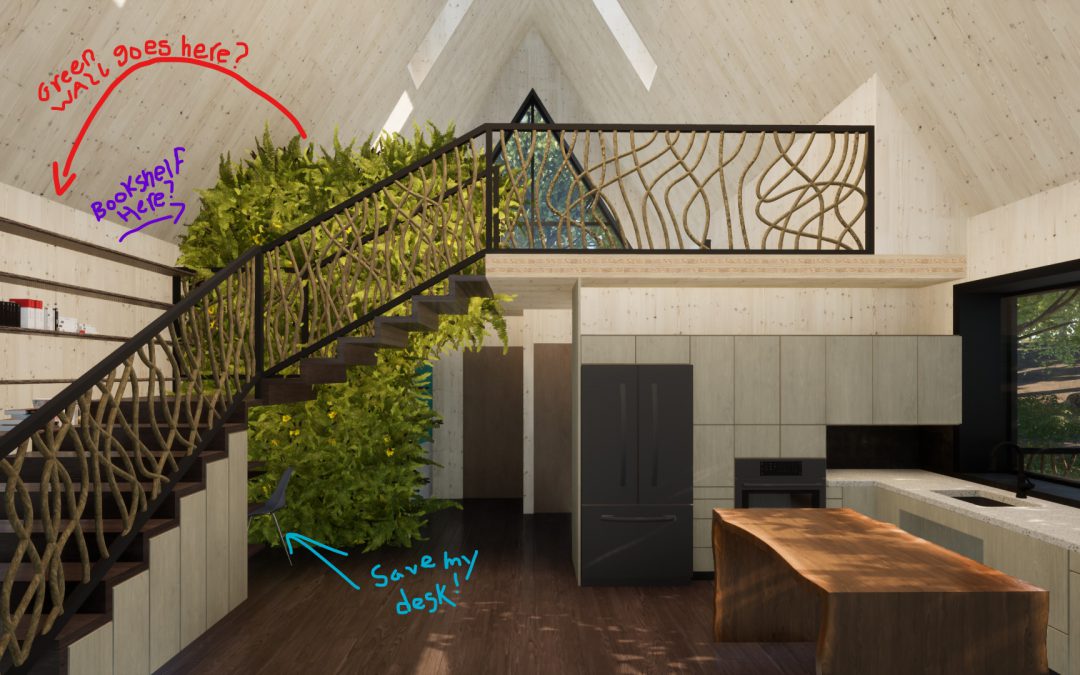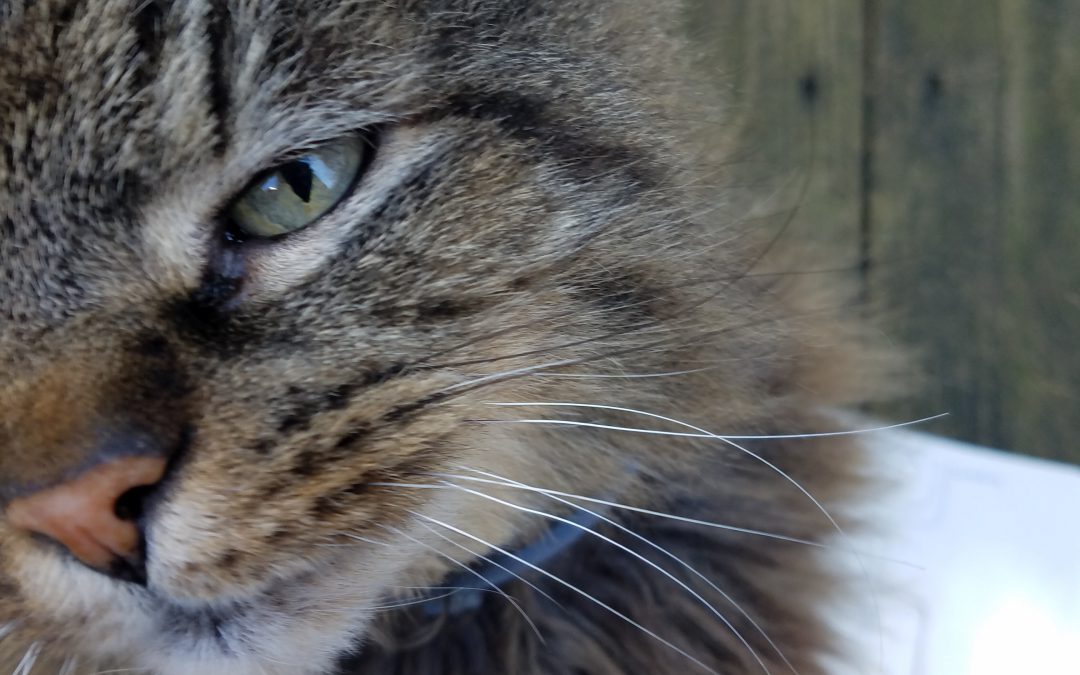
by William | Jun 30, 2021 | Net Zero
Dear Readers,
We have a slight conundrum. Nothin’ new…just thought I’d start working it out through writing, while simultaneously perhaps picking your brains for ideas 🙂
William and I have been working diligently to not only find ways to cut our overall water consumption so that we can comfortably rely solely on rainwater collection for all our potable and non-potable needs, but we have also been attempting to treat all of our wastewater on-site while still meeting PA DEP codes. If you have read “The Water Cycle of the Seed III?” then you are familiar with our aim to keep all of the treatment of the water within our home’s envelope in order to achieve our end goals and comply with said code.
Whelp, the PA DEP took the time to look at our home’s nifty water cycle diagram, and they were pretty unofficially ok with it! We will have to pursue an experimental permit, and verify a couple of things with our local code officials…but…overall, it was at the least a ‘green light’ to continue chuggin’ along with our current plan and see what becomes of it. Which is super exciting!!
However, that does lead to this latest conundrum: Given the ‘go ahead,’ we took a closer look at our mulch basin. We quickly realized that our mulch basin is going to receive a disproportionately large amount of greywater in need of treatment each day, in comparison to the amount of water that our prospective indoor green wall is actually going to need.

by William | Apr 7, 2021 | Net Zero
Dear Readers,
This whole mulch basin idea may actually work. Especially if we combine it with the pre-established genius of the Clivus Multrum composting tank design!
How it would work:
Kitchen and laundry wastewater will be directed to an inclined mulch basin. The incline will allow the effluent to gradually and evenly filter through the mulch and to the bottom. This would be an aerated decomposition process, as there will be a constant fan allowing ventilation to the basin, and there will also be aerobic organisms helping to break up and decompose the organic matter (noms..grease!). The water filtered to the bottom of the holding tank will be pumped to the indoor greywater garden wall.
I would like to find a way to aerate the filtered water at the bottom of the holding tank. A way to keep it from becoming stagnant will be helpful.
This entire process will occur below our home, but still within the home’s envelope so to ensure proper function during colder months. The two Clivus Multrum composting toilet systems beneath our home will be maintained the same way~ both contained within the home’s envelope. Remember the blog about The Seed looking like Baba Yaga’s hut? Welp, it may have three chicken legs now instead of two…so I don’t know what fairytale creature/structure it will now resemble…maybe a hodgepodge.
Because we are aiming to achieve Living Building Challenge certification, we will be (and already are..) highly conscientious of what goes down our drains. Anything that could disrupt the filtration processes will be avoided (such as yucky chemicals).


